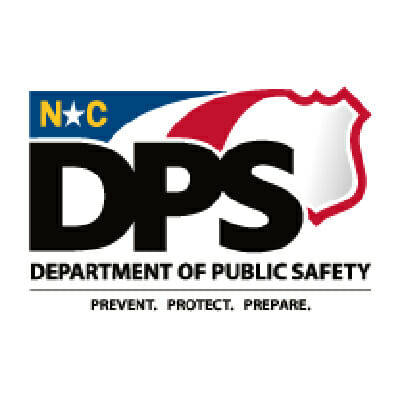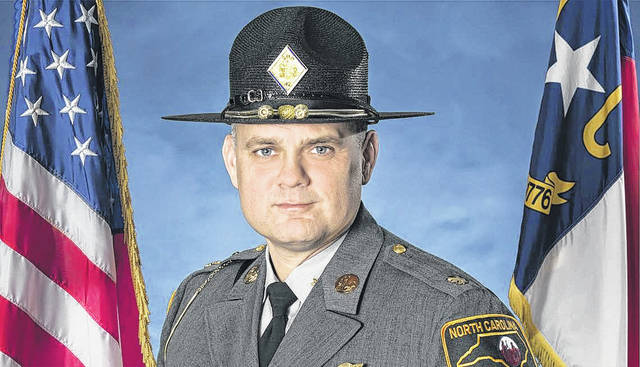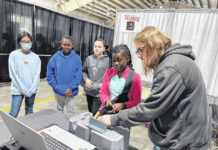RALEIGH — The North Carolina State Highway Patrol will be joining forces with fellow law enforcement partners starting Tuesday in an initiative to prevent commercial motor vehicle crashes and fatalities.
The NCSHP and law enforcement partners in adjoining states will conduct quarterly, concentrated highway traffic enforcement periods this year as part of SafeDRIVE (Distracted Reckless Impaired Visibility Enforcement). The goal of SafeDRIVE is to eliminate highway fatalities resulting from CMV collisions.
Operation efforts aim to eliminate commercial motor vehicle traffic collisions through periods of high visibility enforcement along the southeast Interstate 95 corridor, where 13% of the nation’s fatal CMV collisions occur. Enforcement periods will take place June 22-24, Aug. 3-5 and Oct. 5-7.
In 2020, there were 37 fewer commercial motor vehicle crashes in Robeson County than the previous year, during which a total of 179 reported, according to Crystal Collins, president of the N.C. Trucking Association.
“This is an important initiative and we are excited to further our partnership with the Federal Motor Carrier Safety Administration and with state law enforcement agencies from across the Southeast,” said Col. Freddy L. Johnson Jr., commander of the N.C. State Highway Patrol
“Our common goal is simple, work together through education and enforcement to ensure all roadway users practice safe driving. We have all too often seen the devastating consequences that come from speeding, inattention and operating a vehicle while impaired. One life lost due to these preventable occurrences is one too many,” Johnson said in a statement.
SafeDRIVE’s enforcement efforts will focus on passenger vehicle and CMV driver behaviors, and include monitoring for aggressive driving, speeding, tailgating, failing to wear safety belts, distracted driving and driving under the influence. Efforts will also help ensure CMV drivers are following industry regulations, including hours of service compliance, commercial driver license compliance, medical certification and commercial motor vehicle credentialing.
Sgt. M.V. Strickland, of the Highway Patrol in Robeson County, encourages drivers of CMVs, or tractor-trailers, to add more time to their itinerary and to their following distance of other vehicles as traffic increases near the July 4 holiday. Doing so, will give them more time to react in possible crashes.
Strickland said Friday’s crash on Interstate 95 in Lumberton, which occurred after one tractor-trailer experienced engine failure and collided with another, is an example of a situation that can pose danger to the motoring public. Both CMVs caught fire and burned, with one blocking both northbound lanes of the interstate. Fortunately, no one was hurt in the crash.
Strickland said equipment failure is rare for CMVs, which undergo routine inspections.
“Everyone needs to pay attention when they’re traveling around commercial motor vehicles,” Strickland said.
SafeDRIVE’s enforcement efforts complement a national campaign titled run by the U.S. Department of Transportation’s Federal Motor Carrier Safety Administration titled “Our Roads, Our Safety,” which educates all motorists on how to share the road safely.
Motorists should follow the following safety tips from the NCSHP:
— Stay out of blind spots. Large trucks and buses have huge blind spots on all four sides.
— Pass safely. Make sure you can see the CMV driver in their side mirror. Signal clearly and safely pass the truck or bus. Don’t linger in the blind spot. Make sure the truck or bus is visible in your rearview mirror before you pull in front.
— Don’t cut off large vehicles. It takes a large truck traveling at highway speeds the length of two football fields to stop.
— Don’t tailgate. Tailgating a truck or bus puts you in a blind spot.
“Just be careful,” Strickland said.







